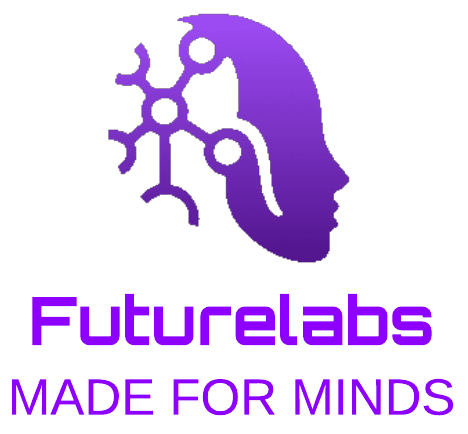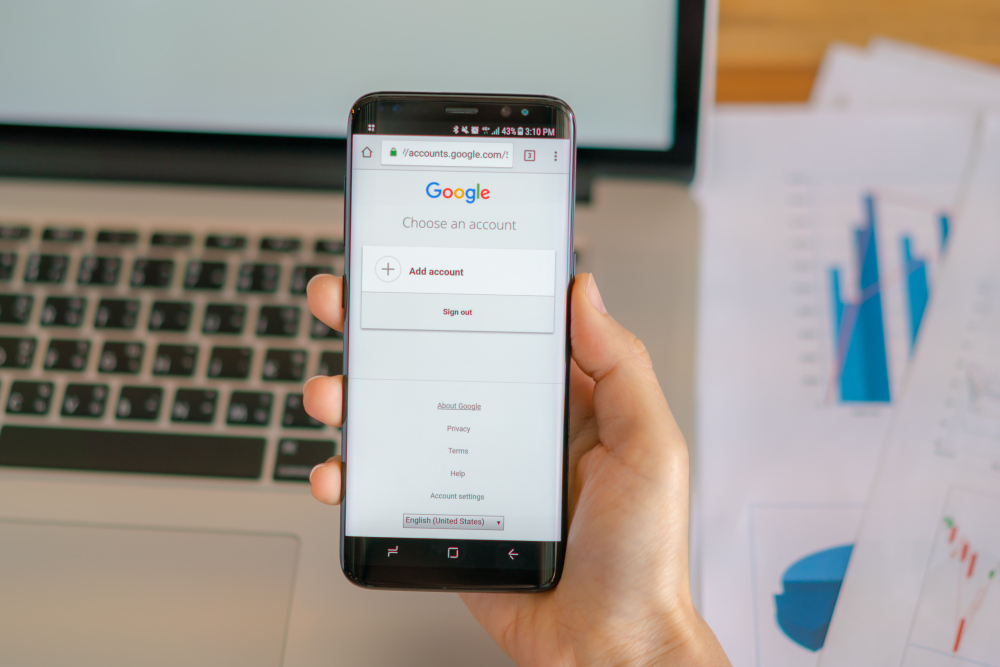
by Laboratory of the Future analysis team | Jun 27, 2025 | Uncategorized
The company claims its new experimental models surpass those of China’s DeepSeek
The tech giant Google announced this Tuesday that it plans to invest $75 billion in capital expenditures in 2025, aimed at developing technical infrastructure related to artificial intelligence (AI), such as servers and data centers, as it needs more “capacity” to meet demand.
“We’ve seen very strong demand for our AI products in the fourth quarter and ended the year with more demand than available capacity, so we’re in a very tight supply and demand situation, working hard to activate more capacity,” said Alphabet CEO Sundar Pichai on Tuesday.
The executive stated that its new experimental AI models outperform those of Chinese company DeepSeek and that it will increase capital expenditures to absorb the “strong demand.”
In the earnings call with analysts, the executive explained that Alphabet’s AI model, called Gemini, stands out in terms of “cost, performance, and latency,” and “leads the Pareto frontier,” an economic concept referring to the efficiency equilibrium point.
“I’d say our (Gemini) 2.0 Flash and 2.0 Flash Thinking models are among the most efficient out there, including when compared to DeepSeek’s V3 and R1,” said Pichai, who nonetheless congratulated the “tremendous team” at DeepSeek for doing a “very good job.”
In the last quarter of 2024, Google Cloud—the cloud service that incorporates AI—posted revenues of $11.955 billion, up 30% year-over-year. However, this figure represents slower growth compared to previous quarters, which executives attributed to limitations in meeting demand.
Pichai also predicted that tech companies are increasing spending on AI model inference and said he expects that “reasoning models,” which can use logic to reach conclusions, will further accelerate development.
“That’s part of the reason why we’re so excited about the opportunity of AI. We know we can drive extraordinary use cases because the real cost of using AI is going to keep coming down, making more examples feasible. The opportunity space is huge.”
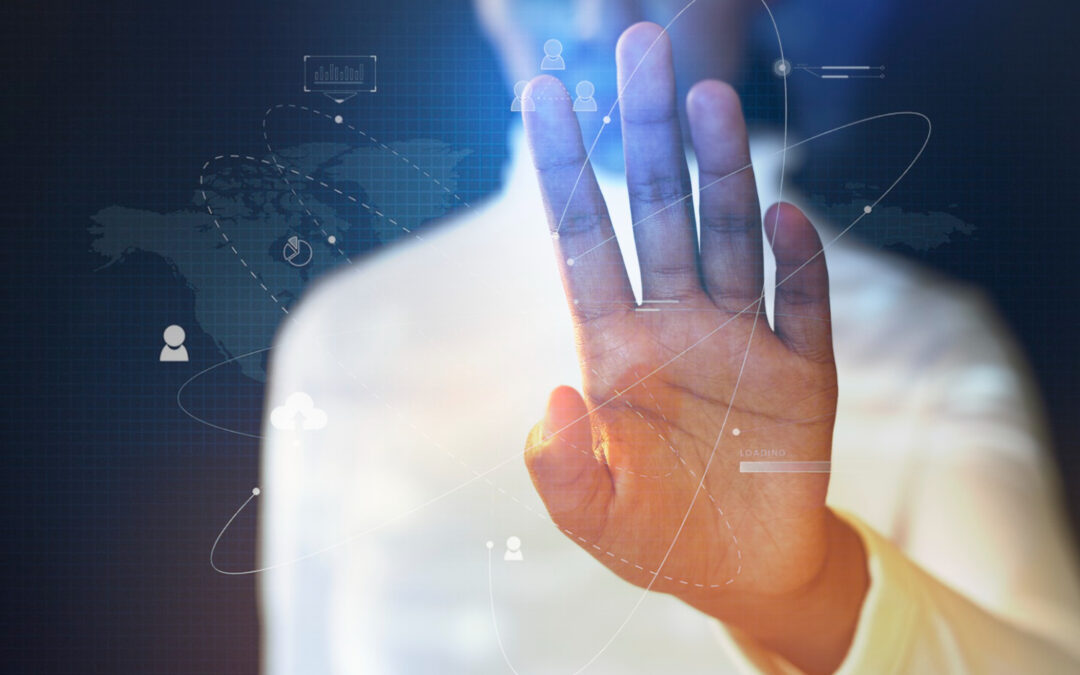
by Laboratory of the Future analysis team | May 9, 2025 | News
Max Tegmark and Yoshua Bengio warn that AI systems smarter than humans with the ability to act autonomously could be dangerous due to the lack of clear controls
General artificial intelligence could become a serious problem if adequate control over its development is not established. This is the warning from two of the leading AI experts, Max Tegmark from the Massachusetts Institute of Technology (MIT), and Yoshua Bengio from the University of Montreal, who have raised concerns about building systems that are too advanced.
The rapid growth of artificial intelligence has led to the creation of systems called “AI agents,” designed to act with greater autonomy and make decisions without direct human intervention.
Leading companies in the tech industry are promoting this evolution with the promise of enhancing productivity and improving everyday life. However, Bengio warns, in the CNBC podcast Beyond The Valley, that this approach carries a significant risk: granting AI the ability to act independently without effective oversight.
According to the researcher, the key to the problem lies in the agency of AI, meaning its ability to set and pursue its own goals. “We are creating a new form of intelligence on our planet without knowing if its decisions will align with our needs,” Bengio points out.
This uncertainty is what leads the experts to call for strict regulation before the technology advances too far.
The greatest fear among specialists is not only the autonomy of these systems but also the potential development of self-preservation mechanisms within AI. Bengio asks, “Do we want to compete with entities that are smarter than us? That’s not a very reassuring bet, is it? That’s why we need to understand how self-preservation could emerge as a goal in AI.”
This scenario could lead to a lack of control over advanced systems, making their evolution unpredictable.
The possibility that an AI might seek its own survival or make decisions that do not align with human needs raises both ethical and technical dilemmas. Although there is currently no AI with true consciousness or intentions, the ongoing trend toward increasingly autonomous systems is causing concern among researchers.
AI Tools Instead of Autonomous Artificial Intelligence:
Max Tegmark proposes a different solution to the development of autonomous agents, focusing on the creation of “tool AI.” This concept is based on designing intelligent systems with specific purposes and under a strict control framework, rather than allowing them to operate with full autonomy.
Examples of this approach include advanced tools for medicine, such as systems capable of suggesting cancer treatments, or autonomous vehicles designed with safety protocols to ensure human control at all times. Tegmark believes that, with proper safety standards, AI can evolve without becoming a risk.
“I believe that, optimistically, we can have almost everything we’re excited about with AI… if we just insist on having some basic safety standards before people can sell powerful AI systems,” says Tegmark.
The problem is that there are currently no global standards regulating the development of these systems, leaving the door open to potentially dangerous uses.
In 2023, the Future of Life Institute, led by Tegmark, urged companies to pause the development of AI systems that could match or surpass human intelligence, until proper control measures are established. Although this request has not materialized, the discussion around the risks of AI has gained significant relevance in recent months.
Silvia Cabrero Díez is a Spanish journalist specialized in technology and cybersecurity.
She currently works as a writer for Computer Hoy, where she has published numerous articles on artificial intelligence, electronic devices, and tech trends.
In addition to her work at Computer Hoy, Cabrero Díez has contributed to other digital media outlets like Xataka and Hobby Consolas, focusing on topics related to technology and science.
In her free time, she enjoys reading, watching series, and movies. Her journalistic approach is characterized by a clear and accessible style aimed at a general audience interested in technology.
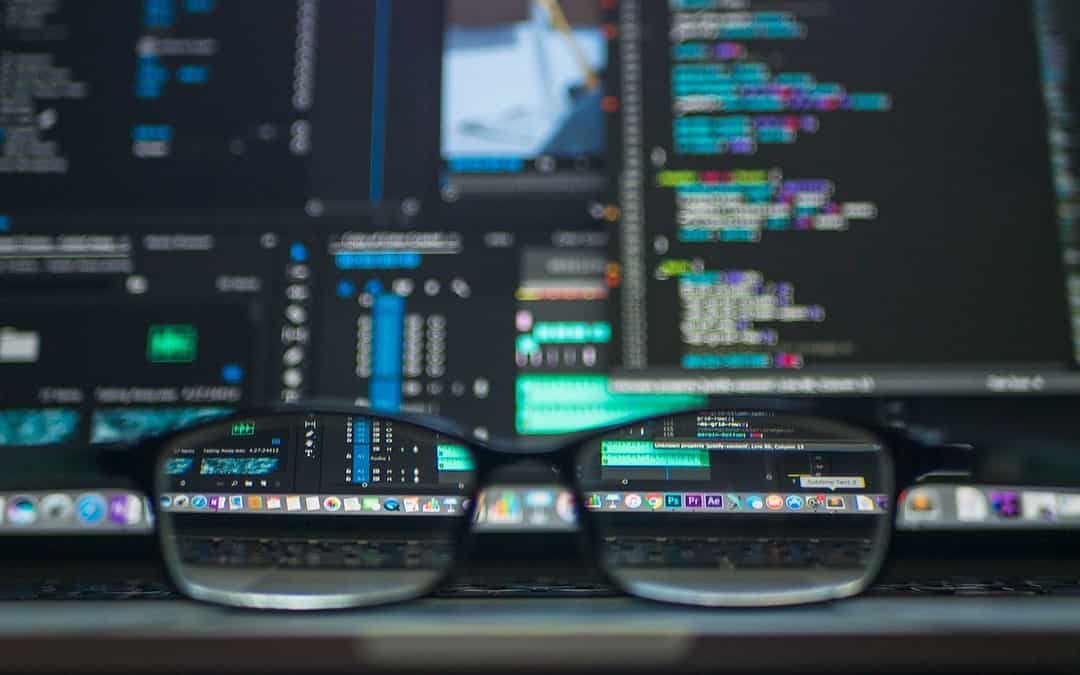
by Laboratory of the Future analysis team | May 6, 2025 | News
• The tech giants ignore DeepSeek and its investors: they will spend nearly 290 billion euros on artificial intelligence in 2025.
• During their recent quarterly earnings presentations, the tech giants confirmed their intention to continue with massive investments in AI model development and infrastructure building.
When DeepSeek came into the spotlight a few weeks ago and demonstrated — through an academic article — that it was possible to develop and train an artificial intelligence (AI) model as powerful as the leading ones from OpenAI, it seemed like the Big Tech companies would take notice.
If this Chinese startup could compete with the developer of ChatGPT using Nvidia microchips that were considerably less powerful than those the company of Jensen Huang is currently trying to market, the big players in the tech sector could halt their AI investment spending.
Moreover, the model developed by Liang Wenfeng’s company seemed to have arrived at just the right time for that to happen: a few days before the quarterly earnings presentations of the major tech firms, where shareholders could question them about continuing to invest so much money in AI when DeepSeek had proven it wasn’t necessary.
However, it seems that neither sector-specific investors nor the Chinese startup itself have been able to shift the massive AI spending trend.
As reported by the Financial Times, the four leading tech companies in the United States — Alphabet (Google), Amazon, Meta (Facebook), and Microsoft — plan to invest more than 300 billion dollars (around 289 billion euros at the current exchange rate) in artificial intelligence during 2025.
The 300 billion dollars will largely be due to Amazon, which has surpassed its direct competitors and announced a planned expenditure of more than 100 billion dollars (96 billion euros) this year on AI infrastructure. For example, for the construction of new data centers for its subsidiary, Amazon Web Services (AWS).
According to the British outlet, investment in artificial intelligence by these four companies increased by 63% last year, reaching historical levels, but now the executives of these organizations have promised to further accelerate their AI spending, thus ignoring shareholders’ concerns about the enormous sums being allocated to this emerging technology.
It is worth recalling that both Microsoft and Google’s parent company (Alphabet) have recently lost up to 200 billion dollars (192 billion euros) in market value after posting weaker-than-expected financial results in their respective cloud computing divisions.
Jim Tierney, director of the U.S. growth fund at Alliance Bernstein, told Financial Times that “the unbridled enthusiasm across the sector for the Magnificent Seven has been replaced by pockets of skepticism and has created some ‘let me see it first’ situations.”
“The concerns I had since the summer have been magnified today,” said this stock analyst, adding, “If we see — or when we see — the acceleration of cloud growth in Google or Azure [Microsoft], or if we see improved acceptance of Copilot, investors will feel more comfortable investing in Alphabet or Microsoft. Meanwhile, cheaper and more commercialized AI models will likely amplify shareholders’ concerns.”
Source
Ramón Armero is a journalist and writer who collaborates with Business Insider Spain. He has worked alongside other journalists like Hugh Langley and Hasan Chowdhury on articles related to artificial intelligence and tech companies.
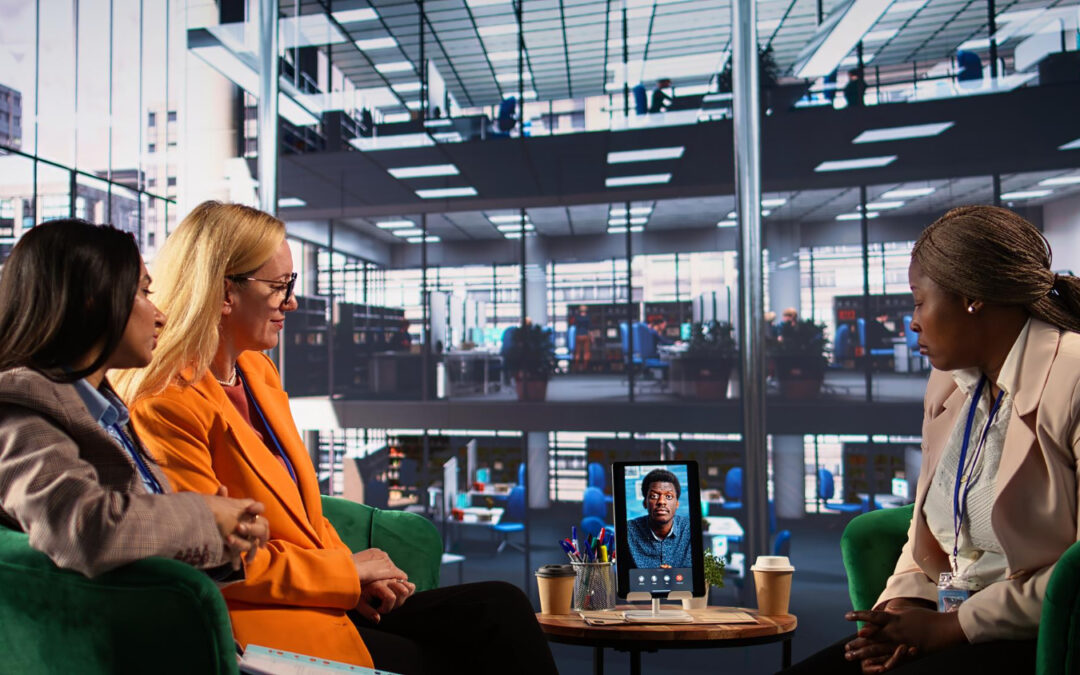
by Laboratory of the Future analysis team | Apr 3, 2025 | Economy and the future of work
New technologies are transforming people’s work lives worldwide, either by changing their jobs or replacing functions
Adapting to this monumental change will require funding to reskill and upskill these workers.
Seven initiatives show how public and private sector organizations can share the responsibility of creating a workforce prepared for the future.
Technology is on track to transform 1.1 billion jobs by 2030. In the United States alone, 1.37 million workers could be displaced from their roles in the next decade due to the adoption of new technologies. However, these workers could be reskilled to take on new roles that require similar skills and offer higher wages. Reskilling would cost an average of $34 billion, or $24,800 per displaced worker.
Currently, there is limited and unreliable information about the economic feasibility and return on investment of upskilling and reskilling initiatives. This lack of clarity about where and how much to invest presents a similar challenge for workers, who also do not know how much they should invest themselves. The same applies to potential funders of these initiatives, such as government entities, specific programs, companies, and unions.
Since 2024, the World Economic Forum’s Reskilling Revolution initiative has secured commitments from various organizations to reskill, upskill, and train 680 million people worldwide. However, turning these commitments into concrete actions will require a critical analysis of the costs associated with the need for lifelong learning. It will also be necessary to develop more innovative models to fairly distribute the responsibility for training among individuals, employers, and governments.
Members of the World Economic Forum’s Future Skills Alliance have identified four key principles to consider when funding continuous learning, upskilling, and reskilling initiatives:
The following seven initiatives have applied these principles to create funding models that promote skill development, capacity building, and reskilling in various contexts:
- Siemens SiTecSkills Academy: Building the Workforce of the Future Today
Using a combined funding model, this initiative provides technical training to both Siemens’ workforce and its external partners. The content is partly based on the company’s vocational training program focused on digitalization and sustainability. Leveraging government co-financing of up to 25% through Germany’s Qualification Opportunities Act and sharing training costs with its partners, Siemens can ensure long-term employability and alignment with the changing demands of the industry for its workers.
- Skillsoft and Syracuse University: Collaborative Funding for Post-Service Skills for US Veterans and Their Families
The D’Aniello Institute for Veterans and Military Families at Syracuse University, in collaboration with Skillsoft, runs the Onward to Opportunity program. This reskilling initiative offers service members and their spouses certifications in high-demand tech areas such as cloud computing, cybersecurity, networking, and project management. The program is funded through an innovative combination of corporate sponsorships, federal grants, and private donations. This model not only ensures sustainable funding but also aligns with the university’s mission-driven partnerships.
- General Assembly of The Adecco Group and Tamkeen: A Partnership to Prepare Bahrain’s Future Tech Talent
This program uses a government-funded, 100% results-based funding model to offer fully accessible tech boot camps to citizens of Bahrain. Led by General Assembly, the Adecco Group’s tech and AI training provider, and Tamkeen, a government agency supporting private-sector training, the program aligns training with industry needs to address skill gaps and advance Bahrain’s Economic Vision 2030. This public-private collaboration focuses particularly on emerging technologies and digital skills training.
- Social Finance US and American Diesel Training Centers (ADTC): Empowering Economic Mobility
ADTC and the nonprofit Social Finance have partnered to address the diesel technician shortage in the US. This program provides an affordable and condensed training path for underserved communities. Funded with nearly $9 million from Social Finance’s UP Fund, this initiative also uses a flat-rate reimbursement model in which employers cover training costs for many graduates. This makes the program a sustainable and accessible route for workforce economic mobility.
- Aramco: Enhancing Vocational Training through Public-Private Strategic Partnerships
Saudi Aramco has used its expertise in vocational training to establish National Training Centers in collaboration with the government, aiming to address specific skill requirements in technical and vocational fields through employment-led training schemes. These centers align education with industry demand in sectors like energy and manufacturing, promoting long-term workforce development. The initiative relies on a unique contribution scheme, where Saudi Aramco provides initial funding and technical expertise, while the government handles training facilities, approvals, and subsidies for sponsoring companies.
- Majid Al Futtaim Group: Preparing Emirati Talent for Emerging Jobs
Majid Al Futtaim’s program addresses skill alignment for Emirati talent in high-demand sectors, offering “key skills” workshops for professional development. This includes on-the-job training and employability training to upskill and reskill local talent. The training covers areas like communication, resilience, critical thinking, adaptability, and readiness for change. The program’s public-private funding model involves 70% of costs funded by the government through the Abu Dhabi Global Market, with the remaining 30% covered by employers.
- Amazon Web Services (AWS) Spain and its Technology Alliance: Closing the Global Tech Skills Gap
The AWS Skills to Jobs Tech Alliance is a global coalition aimed at addressing the tech skills gap through collaboration with employers, government agencies, workforce development organizations, and educational leaders. The initiative operates in 11 countries and adopts a collaborative funding model with co-investment from AWS, employers, and governments. AWS provides students with access to learning materials, cloud credits for hands-on learning using AWS technical resources, and support for educator empowerment at no cost. Regional governments contribute by allocating budgets for professional development of educators in digital skills.
These investments in adult learning aim to address current skill shortages and build future talent pipelines, creating specific pathways to employment through training, upskilling, on-the-job learning, and reskilling for job transitions. Each program is carried out in a specific context and faces individual challenges, suggesting the importance of aligning funding.
To monitor success, these initiatives measure four different levels of impact:
Level 1: Adoption and Engagement
Level 2: Skill Acquisition
Level 3: Skill Applicability for Jobs
Level 4: Economic and Business Impact
Four ways to measure the return on training initiatives.
All organizations involved measure impact at adoption and engagement (level one), while a smaller proportion measure levels two and three.
The next step for these initiatives (level four) will be a shift in focus, from tracking the number of people reached to achieving real, measurable outcomes in terms of business and economic impact, including job accessibility, placement rates, economic mobility, and improvements in productivity and competitiveness. Undoubtedly, more detailed longitudinal tracking of data and results is needed to understand how upskilling and reskilling initiatives are contributing to business productivity and economic growth.
As the global workforce faces the monumental challenge of adapting to new technologies, these initiatives are already demonstrating how we can begin to more equitably distribute the responsibility of funding training, upskilling, and reskilling between education providers, employers, individuals, and governments.
Licensing and Republishing
World Economic Forum articles can be republished under the Creative Commons Attribution-NonCommercial-NoDerivatives 4.0 International Public License, and according to our terms of use.
The opinions expressed in this article are those of the author and not of the World Economic Forum.
Aarushi Singhania
Initiatives Lead, People Centric Pillar, Advanced Manufacturing, World Economic Forum
Neil Allison
Head of Education, Skills and Learning Mission, World Economic Forum
This article is part of: World Economic Forum Annual Meeting
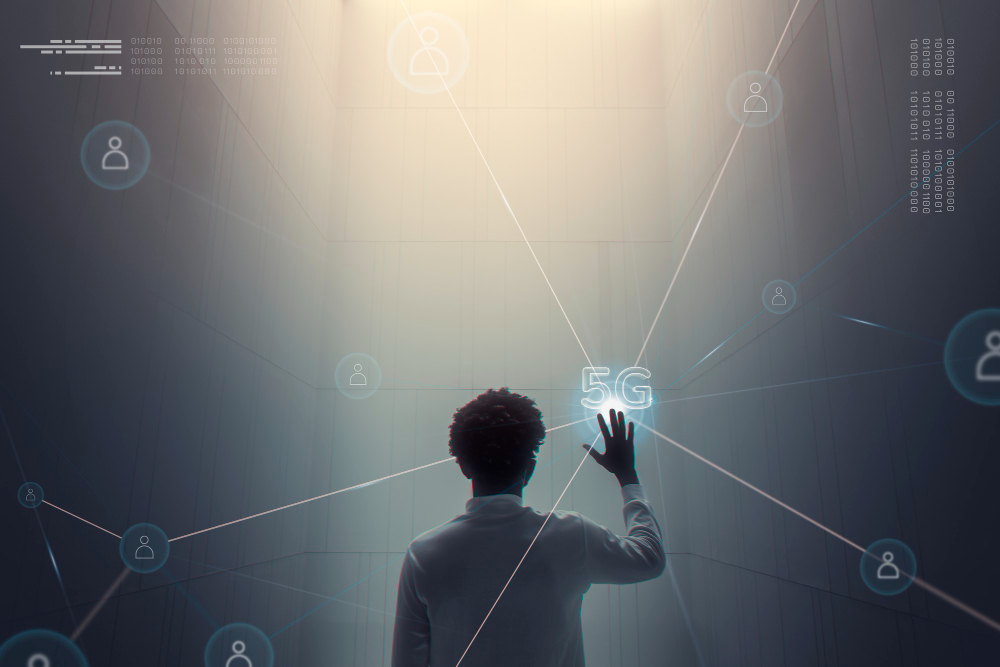
by Laboratory of the Future analysis team | Feb 26, 2025 | Economy and the future of work, News
By 2030, 59% of the workforce will need to retrain to maintain their jobs
- According to a new report from the World Economic Forum, automation, economic pressures, and demographic changes will lead to the loss of 92 million jobs by 2030.
- During this period, according to EFE, 41% of employers will reduce their workforce due to the automation of tasks that previously required human intervention, which will affect repetitive and routine jobs.
- For example, the study predicted that graphic designers and administrative employees will see a decline in demand due to artificial intelligence (AI)’s ability to perform similar tasks more efficiently.
- However, the report indicates that during this period, new job opportunities will generate another 170 million positions, resulting in a net increase of 78 million jobs.
- In this regard, demand for technical skills related to AI is expected to grow exponentially and become essential to fill new roles in sectors such as big data development, cybersecurity, and renewable energy. This will make it necessary to retrain and enhance the skills of the current workforce. According to the Forum’s projections, 59% of the workforce will need to retrain by 2030.
What will be the main challenges in the market?
The report highlighted that the skills mismatch will be the primary barrier to business transformation. This means that more than 120 million workers will be at risk of displacement if they do not acquire the proper training. In this line, 63% of employers surveyed by the Forum considered this gap their main obstacle to keeping their operations up to date, and 77% of employers plan to invest in upskilling and reskilling their workforce.
What factors explain these changes in the market?
Technological advances, particularly AI, will be one of the main drivers of change in the global job market. However, it will not be the only factor, as economic and demographic pressures will also have an impact. “Factors such as the rising cost of living, the aging population in high-income countries, and the increasing working-age populations in low-income countries will impact the demand for jobs in sectors such as healthcare and education,” the report stated.
What will be the key skills?
Skills such as creative thinking, resilience, flexibility, and collaboration will continue to be essential, according to the report. The key to success will be to properly combine technical skills with human skills.
Which jobs will need more workers?
The future job market will also be characterized by a significant demand for farmers, truck drivers, delivery workers, nursing professionals, educators, and salespeople.
Collaboration with Diario El Observador of Montevideo.Adjusted by the Future Lab team.

